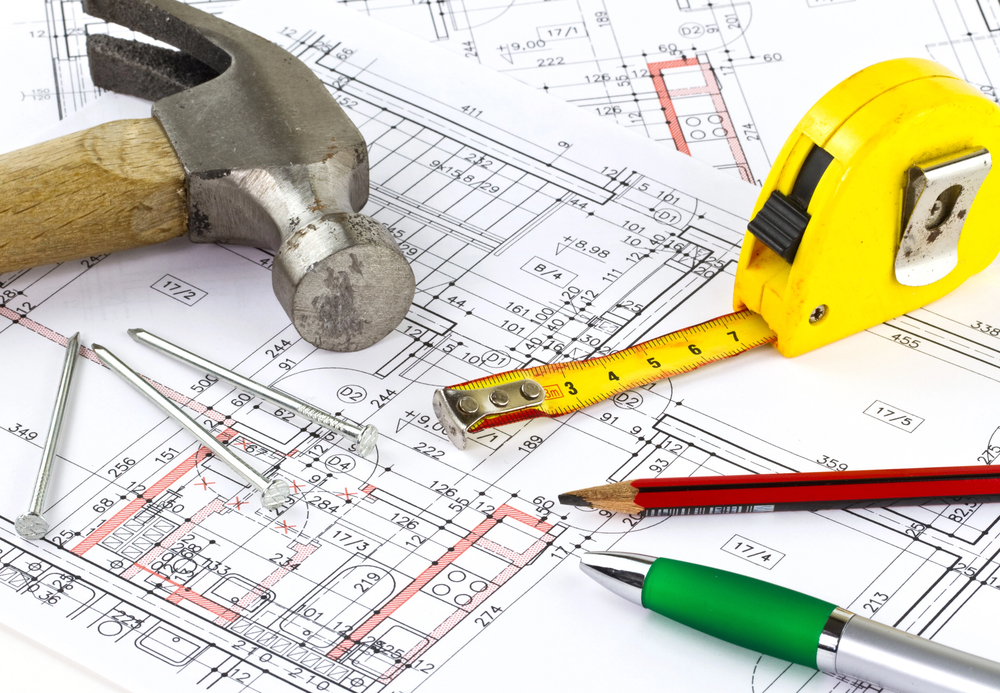We all want cleaner trades, more confidence, and less noise. But the truth is, high-probability trading setups don’t just show up on your chart — they’re identified by building structure into your analysis and knowing how to layer your tools the right way.
When price action, timing, and momentum work together, the difference is clear: you stop forcing trades and start recognizing areas where the odds are already stacked in your favor.
Let me walk you through how I approach this — and how you can start spotting high-probability setups with greater clarity and control.
What Makes a Trading Setup High-Probability
A high-probability setup isn’t some magic signal you wait around for. It’s built — by combining different types of data that all point to the same outcome.
That combination is called confluence — and in my trading, it’s what separates random trades from the ones I take with confidence.
Here’s what I look for:
- Price action (like support/resistance and retracements)
- Momentum (via my RSI Power Zones indicator)
- Time (forecasting the magnitude of a move)
When at least two of these line up, that’s where probability shifts further in your favor.
But stacking tools that measure the same exact type of data? That’s not real confluence. That’s just repeating yourself — and it can give you false confidence.
Real confidence comes from seeing the same message from different perspectives. That’s how I approach every trade setup that I take.
What High Probability Setups Look Like on My Charts
Here’s a setup I see often when trading ES futures:
Price pulls back to the 50% retracement of a recent advance — a classic level many traders watch. But at the same time, that retracement aligns with a support zone built off a prior “Price Low”.
Either of those price areas alone might catch my eye. But when do they overlap? That’s price action confirming itself. And that goes on my radar.
Here’s another example I love:
A bullish candlestick pattern forms — something like a Hammer or Engulfing bar — and the RSI Power Zones show a Bull Bear Face Off. That tells me bulls are gaining control of momentum just as price is signaling a potential reversal higher.
When price and momentum line up, I’m less likely to trade just on hope. I’m responding to the data the market is already showing me — with clarity.
What Doesn’t Work (And Why Some Traders Get Tripped Up)
One of the biggest mistakes I see traders make is stacking multiple indicators that all measure the same data source. They think they’re getting extra confirmation. But they're getting redundancy. And that can lead to false confidence.
I’ve seen this firsthand — even back on Wall Street. I was expected to write up trades when RSI, MACD, and Stochastics all aligned. But I knew deep down: that’s not real confluence. That’s one voice (momentum), echoed three different ways.
What works better is using different types of data. For example, combine momentum with price structure. Or pair price with time-based triggers. That’s when you start getting signals that matter — not just overlap that feels good but doesn’t hold up.
Real confirmation comes from independent tools agreeing, not duplicates repeating each other.
How to Start Spotting Higher-Probability Setups Today
If you want to start identifying more powerful setups, the best place to begin isn’t your next trade — it’s your most recent one.
I teach my students in the Four Zones RSI Coverage System to keep a trading journal — and no, not just a spreadsheet of entry and exit prices. A real journal that includes the typed or written reason why they took the trade, including what conditions were present, what worked, and what didn’t.
Look back at your recent winning trades— or even the ones where you were able to minimize losses. What was going on in terms of price, momentum, and timing? That’s where you’ll start to see patterns that can help you refine your trading.
Over time, you’ll identify your own “must-have” conditions — the setups that tend to work for you. Everything else becomes a “booster”: helpful, but not required.
This is how you build confidence — not just from copying someone else’s analysis or trades, but from refining your own read of the market.
But it all starts with being honest about your trades — and learning from what’s already in front of you.
Heads up, if you’re a Four Zones RSI member, you can find the journal here! https://himareddy.xperiencify.io/fourzonesrsi/new-to-xperiencify-quick-start-guide/download-your-trading-journal-template/
Building With Momentum: The Role of RSI
Once price action becomes second nature, the next layer I recommend is momentum — specifically RSI. But not just the standard 30/70 levels.
In my Four Zones RSI Coveraged System, we break RSI into actionable zones that reflect real power shifts between buyers and sellers. That way, momentum becomes a true confirmation tool — not just a vague guess.
When price structure gives you a possible setup and RSI Power Zones start moving from one zone to another, that's when you’ve got momentum supporting your trade idea. It’s no longer just a “maybe.” It’s a setup worth watching.
And when you’re ready to go deeper, my Advanced RSI Power Zones System opens up even more ways to use momentum for identifying high-probability setups. That advanced layer can benefit your trading whether you’ve already dug into the Four Zones foundational system or you can learn both side by side.
Bringing It All Together
High-probability trading setups don’t come from louder signals — they come from structure.
When price, momentum, and timing align, the market is giving you a clearer message. Your job is to recognize it.
Bringing high-probability setups into your trading isn’t a one-time fix. It’s a habit. The more you review what’s worked, the more you’ll refine your go-to conditions — and stop stacking guesses.
That’s how you trade with clarity. That’s how you act faster and with more confidence.
~Hima
📓Try This Starting Today
Go back to your last 5 trades and journal why you took each one — not just where you entered or exited.
Look for where price action, momentum, or timing lined up. That’s your blueprint for high-probability setups.
The more you do this, the faster you’ll start recognizing those zones in real time — with more clarity and less hesitation.





Leave a Reply